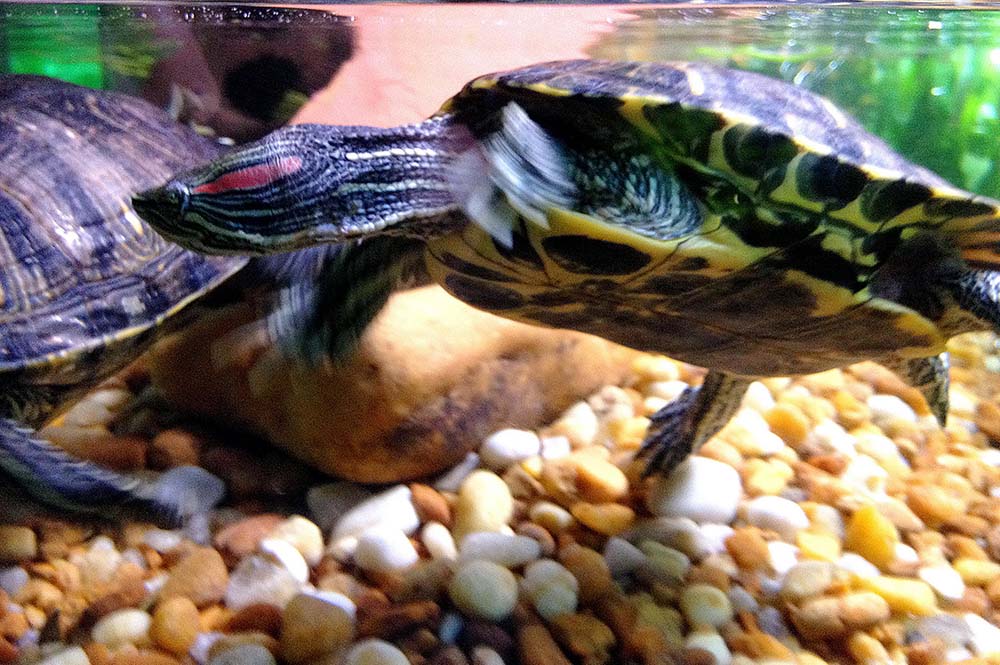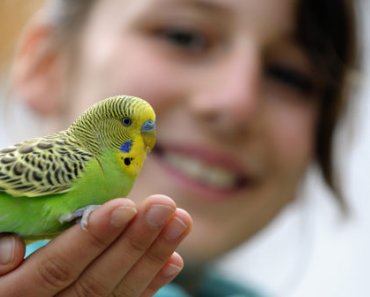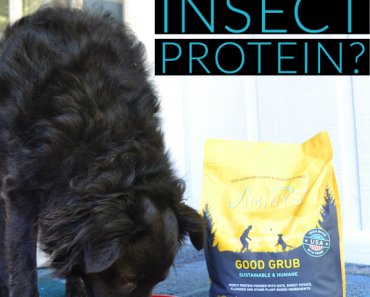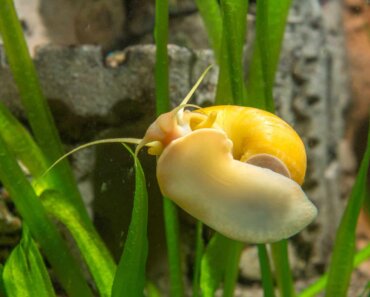
Turtles are becoming increasingly popular as pets, and the red-eared slider turtle is one of the most common varieties. If you’ve recently adopted a red-eared slider turtle, you may be wondering how to best set up its housing. Proper housing is essential for any pet, but it’s especially important for turtles since they require specific environmental conditions to stay healthy.
Fortunately, setting up a tank for your new pet doesn’t have to be complicated or expensive. In this article, we’ll provide step-by-step instructions on how to create the perfect home for your red-eared slider turtle.
Red-eared Slider Turtle natural habitat
The natural habitat of red-eared slider turtles is usually ponds, slow-moving rivers, lakes, and marshes. The natural habitat temperature for a red-eared slider turtle is between 75°F and 85°F (23.9°C – 29.4°C). These turtles generally prefer warmer waters with lots of plants and rocks for them to hide under. They are ectothermic reptiles which means they rely on their environment to regulate their body temperature. They also need areas of shallow water (less than 6 inches deep) as well as areas with deeper water, as they need to be able to dive and float.
Now that you understand the natural habitat of a red-eared slider turtle, let’s look at what makes good housing for them.
Housing and environmental requirements
The size of the tank needed for your red-eared slider turtle will depend on its age and size. For example, a juvenile or small adult red-eared slider turtle can comfortably live in a 75-gallon tank, while an adult will require a much bigger tank – around 100 gallons or more.
For baby sliders (under two years of age), provide a tank that holds at least 20 gallons. As the turtle grows, you should increase its tank size accordingly; The general rule of thumb for an optimal space is to make sure 10 gallons equals one inch of the turtle’s body length. It’s important to note that turtles grow quickly and need plenty of space to swim, so even a juvenile turtle should be given the largest tank possible.
Also, make sure to fill your tank with water deep enough for your reptile to completely submerge itself and create a basking area beneath a reptile heat lamp where it can escape from the water’s depths.
Lightning Requirements
UVB Lighting
In addition to filtration systems, you should also install UVB lighting in your turtle tank. UVB is very important as it helps simulate natural sunlight and provides additional warmth while also helping promote proper shell growth. Choose a light with at least 10% UVB output and use it in combination with a timer so your turtle gets regular exposure to the light throughout the day.
ReptiFiles has carefully selected and categorized the best UVB lamps for use with red-eared sliders and other pond sliders according to how far away the lamp should be from their basking surface. Here are our top picks:
6″ to 8″ Distance:
- Zoo Med Reptisun T8 10.0
10″ to 12” Distance:
- Zoo Med Reptisun T5 HO 5.0
- Arcadia T5 HO 6%
16″ to 18” Distance:
- Zoo Med Reptisun T5 HO 10.0
- Arcadia T5 HO 12%
Basking Light
Apart from UVB lighting, it is also important to provide the right basking light for your red-eared slider turtle. The main purpose of the basking lighting is to allow your pet to regulate their body heat and maintain healthy amounts of Vitamin D3.
Red-eared sliders are predominately aquatic creatures, yet need to traverse onto land from time to time in order to dry off and absorb heat. Since they’re cold-blooded animals (ectotherms), turtles must rely on external elements of warmth for digestion, metabolism, as well as immune function.
The advantages of sunbathing don’t finish there. Red-eared sliders bask for many purposes: from synthesizing Vitamin D3 to keeping their skin and shell healthy; aiding shedding, controlling hormones and warding off illness; helping wound healing, incubating eggs, or managing parasites – all the way to simply enjoying the warmth of sunlight on their backs.
Basking lights should be placed at one end of the tank, creating a basking area with temperatures between 85°F and 95°F (29°C to 35°C). This will also help create a temperature gradient in the tank so your turtle can move between warm and cool areas as needed.
Natural Light
Red-eared slider turtles do best in natural light that mimics their natural environment, however, UVB lamps and heat lamps are not nearly capable of providing enough light to replicate daylight in an enclosure. That’s why experts urge adding a 6400K full-spectrum fluorescent or LED lamp for improved illumination. Not only will this help you take clearer photos but it also has positive effects on your turtle’s mental health as well as assist with growing healthy plants within the same environment!
Here are some of recommended “daylight” lamps:
- Arcadia JungleDawn LED Bar (best for densely planted or particularly large setups)
- Bio Dude Glow & Grow LED
- Bio Dude Solar Grow T5 HO Fluorescent
- Vivarium Electronics 6400K T5 HO Light Strip
Avoid using colored lights of any kind inside your red-eared slider’s enclosure, be it night or day (red, black, blue, etc.). This can have a negative effect on the turtle’s mental well-being due to their eyes being so sensitive to color in their habitat. Not only that but they also appear unappealing and unnatural.
Finally, while red-eared slider turtles need plenty of light during the day, they require darkness at night – don’t leave any lights on overnight as this can disrupt their natural sleep patterns. Hence, you should make sure to install a timer on the lights so they turn off for 12 hours each night.
Temperature and Humidity
Red-eared slider turtles need an environment that has a comfortable temperature range between 75-82°F (24-28°C) and humidity levels of 70-80% in order to thrive. To achieve these conditions, you will need to set up a basking area with a heat lamp and use a hygrometer for monitoring the moisture levels in the air.
As mentioned earlier in lighting, a heat lamp is an essential piece of equipment when it comes to providing your turtle with a suitable habitat – just make sure it’s placed away from any water sources. When setting up the basking area, ensure the lamp is directed towards one side so that your pet can move away from the warm spot if they overheat. The ideal bulb wattage for red-eared sliders is between 40-60 watts, depending on the size of their enclosure.
When it comes to humidity levels, you should place a hygrometer in the tank and monitor them closely for any changes. The ideal humidity range is between 70% to 80%. If needed, increase humidity by misting lightly inside the enclosure every once in a while or using a humidifier outside of the enclosure. Also, be sure to keep any plants well hydrated as moist soil provides extra humidity too!
Substrates and Hiding Place
Red-eared sliders need a substrate and decorations in their tank to be comfortable and thrive. Substrate is the material used on the bottom of the tank which can help make the environment more aesthetically pleasing and provide your turtle with a more naturalistic habitat. Suitable substrates for red-eared sliders include aquarium gravel, pebbles, sand, or even non-toxic soil. Make sure to choose one that will not dissolve or break down when wet, as it could contaminate the water. Additionally, be sure to clean and replace your turtle’s substrate regularly as part of their regular maintenance routine.
It’s also important to provide decorations in the form of rocks and logs for your turtle to climb on. This is especially important if you have a larger tank where they may have additional space to explore! These should be made of non-toxic materials such as driftwood or pet-safe stone. Not only do these items look great but they also provide them with an area for basking which is an essential behavior for red-eared sliders.
To provide further comfort for your pet, you should also add hiding places such as caves or hides in their enclosure so they can feel secure and safe from potential predators. These should also be made from non-toxic materials such as terracotta pots, large stones or rocks, plastic boxes, etc., so your turtle has plenty of options available when looking for a place to hide away from any potential stressors in its environment.
Finally, adding aquatic plants helps create an enriched environment for your pet that mimics its natural habitat – plus it looks great! Just remember some species are unsuitable due to their growth requirements – opt only for those that are able to survive in shallow water with little light exposure such as Anubias barteri var nana and Echinodorus tenellus (pygmy chain sword).
Filtration requirements
Filtration is an important factor in creating the perfect home for your red-eared slider turtle. Installing a filter will help keep the water clean, which is essential to your pet’s health and well-being. The type of filtration system you choose will depend on the size of your tank, but generally, a biological filtration system is best.
When choosing a filter, try to find one that’s easy to maintain and offers adjustable flow rates so you can better control the amount of water filtering through it. If you have a large tank, consider adding an additional power filter for more efficient filtration. Additionally, make sure to regularly replace both mechanical and chemical filters as necessary.
Water quality and maintenance
Monitoring the water quality in your turtle’s enclosure is an essential part of keeping your pet healthy and happy. To ensure a safe living space for your turtle, you should regularly check the water temperature, pH levels, and salinity. You can do this with simple test kits which are available at most pet stores.
The ideal water temperature for red-eared sliders is between 75-78 °F (24-26 °C). If the temperature falls below this level or rises above it, you’ll need to adjust the heater or fan accordingly. Additionally, the pH level in their enclosure should be within 6.5 – 8.0 range; anything outside of this could be dangerous for their health. Finally, the salinity should remain low as red-eared sliders cannot tolerate high levels of salt in the water.
It’s also important to perform regular cleaning and maintenance on both the tank and filter to keep your turtle’s home clean and healthy. This includes removing debris from the floor of the tank, scrubbing down any decorations or rocks that may have accumulated algae, as well as ensuring that all visible parts of the filtration system are clean and functioning properly. Lastly, it’s important to perform regular partial water changes every few weeks or so to keep ammonia levels low and maintain a healthy ecosystem for your pet.
You can also add an artificial heat source such as an under-tank heater, which provides localized heating and helps increase overall water temperature when used in combination with a thermostat. If you choose this option, just make sure not to exceed 88°F (31°C), as high temperatures can be dangerous for turtles!
Final Thoughts
In conclusion, setting up the perfect home for your red-eared slider turtle requires careful consideration of its natural habitat and needs. From providing hiding places to ensuring a suitable filtration system is in place, there are many things you can do to ensure your pet has an optimal living space. Additionally, it’s important to regularly monitor the water temperature, pH levels and salinity as well as perform regular cleaning and maintenance on both the tank and filter. With these tips in mind, you should be able to create a safe environment for your beloved pet that will keep them healthy and happy!


























